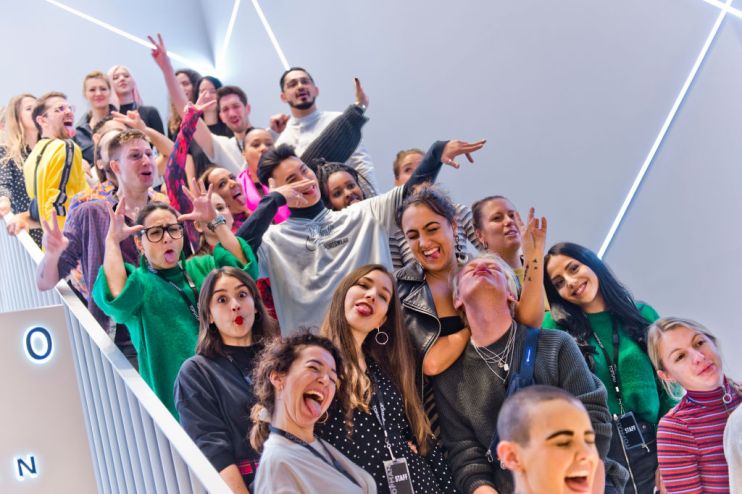Debate: Was Asos right to pass over Topshop’s physical stores?

Digital retailer Asos has picked up Arcadia’s principal brands – but they didn’t bother with the physical premises. A good decision?
Mike Colling of the Kite Factory says yes:
To bring great brands back to life you often have to cut away dead wood. The news that ASOS has bought Topshop & Miss Selfridge has been greeted with howls of protest by those who see it as asset stripping rather than a positive investment for new growth. ”What about the jobs of the shop staff, and the rents and rates paid by the high street stores?” The point that these critics miss is that to revitalise great brands you often have to change the way they are interacted with in order to engage a new audience who currently reject them.
One of the great turnaround stories of all time is Marvel. In the 1990s they went bust. They had great stories, but few people read comic books anymore. Take those same stories and retell them as movies, and you create Avengers Endgame, the greatest grossing film of all time. Yes, many printers lost their jobs, but the $356 million production budget of Endgame paid for many new roles in special effects to be created.
Topshop and Miss Selfridge will create re-appraisal of their brands by the very movement from physical to virtual real estate. If successful the move will create new jobs as they return to growth.
As Darwin (never) said “It’s not the strongest of species that survives, nor the most intelligent. It is the one that is most adaptable to change”
Antony Parham, Executive Creative Director at Imagination, says no:
So, this is a no – but with lots of caveats. Clearly, in the current climate and with the High Street under such pressure, purchasing 70 physical stores does not make much business sense. But ASOS clearly understands the value of the Topshop brand – agreeing to a £330m deal – and it could have done worse than keep a few, or even just Topshop’s flagship Oxford Street store, as part of that. A flagship Topshop store could have become an experiential broadcast studio space for shoppable live streams, exclusive ASOS events and experiential exclusive products drops, giving ASOS a flagship physical brand home with a global reach.
As many brands such as Apple and Made.com have demonstrated, a landmark site in London’s retail heart can offer an unmatched brand experience. Shoppers will, one day, return to physical shopping and space, theatre and community will be essential parts of brand marketing – especially as its predominantly younger shoppers will be craving live experiences. The joy of a teenage communal shopping trip will not be beaten by the virus, and these will be more popular than ever after months of screen-based living and the subsequent digital fatigue many of us are suffering.
This offered ASOS the potential of a destination brand space, of a rich and stimulating physical world brand experience. Online retail has accelerated significantly over the past year, it was a trend that was already inevitable. But what the pandemic has proven without a doubt is that real-world human interaction is to be cherished and there is much to be gained for those brands that can build that into their business strategy.
